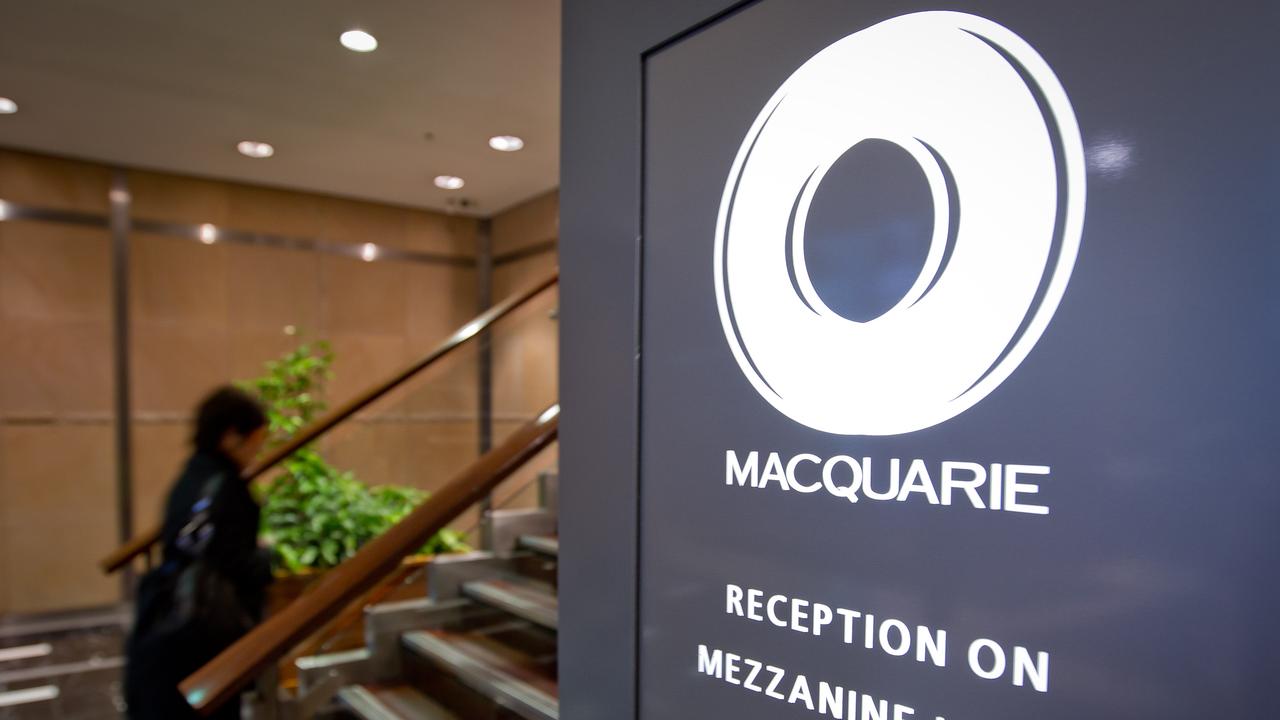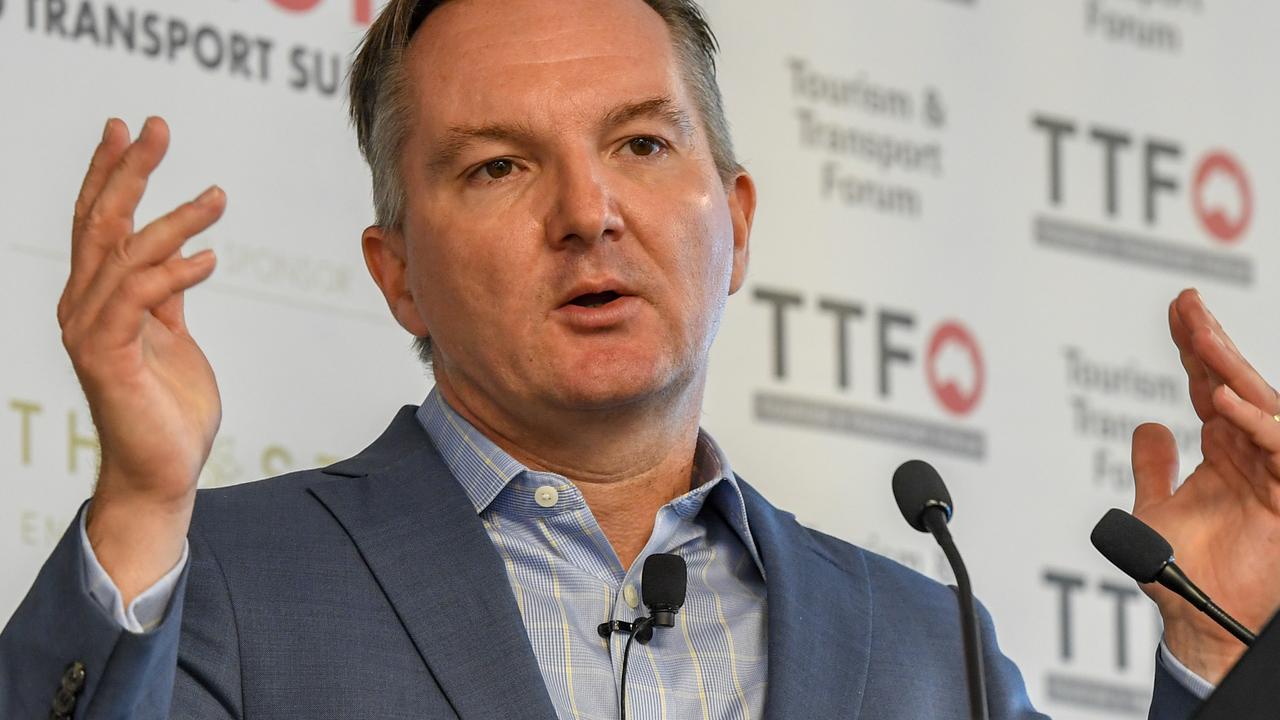Why the golden age of banking is ending
If global consulting firm is right, five banks won’t be in the top 10 ASX stocks within the next two-to-five years.

The banking boom of the last 20 years is one of the biggest booms Australia has ever seen.
On average over almost two decades revenue has grown by eight per cent, profits have soared and the high dividends have insulated a great many Australian savers from the effects of low interest rates. But leading global management consulting firm ATKearney has undertaken a detailed review of Australian banking prospects and says: “The golden age of banking is ending, profit growth ahead is going to be tough as easy profits are eroding.”
Two years ago, ATKearney caused great controversy when it first predicted that the banking boom was coming to an end. ATKearney forecast much lower big bank profit rises for 2016 and 2017 than was predicted by the analysts and the banks themselves. As it turned out, the bank profit growth was even lower than Kearney estimated and Kearney now predicts profit growth rates of just 2.6 per cent in the years ahead — and if there is a major economic convulsion, the profits will be a lot worse. The authors of the ATKearney report, Rob Feeney, Vanessa Moore and David Tay, do not comment on share values but very clearly the stock market is pricing the big banks on the basis that they will perform much better than the Kearney predictions. In my view, if Kearney is right then within the next two to five years there will not be five banks in the top 10 ASX stocks.
Kearney selects the largest bank, the Commonwealth, as being particularly vulnerable and suggests there is a real possibility that AMP (no.42 on the ASX list) will be broken up.
We now know that the 20-year profit boom created a quest for profits that overrode almost all other forces. The banks are set to pay dearly for the ethical lapses being revealed by the Royal Commission. The legacy of those huge profits is a lack of trust in financial institutions and a housing boom which has changed housing affordability in the nation. The bank profits in those two decades rose at a much faster rate than the economy and the stock market index. It was not sustainable.
ATKearney isolates five areas where the banks are going to face severe head winds — world technology and digital developments; politics and regulation, an economy in transition; the effect environmental change on clients and demographics as the big borrowing Baby Boomers retire.

The Australian banks face an avalanche of technology change led by an increasingly intelligent automated society in which there will be much greater income inequality, limiting the bank lending market and increasing the risks.
The Big Four banks have already lost trust and it could be further eroded as the banks are blamed for the job losses and society disruptions that are set to take place.
The new technologies will enable banks to decrease their cost base substantially. Most will have at least 25 per cent less staff and in some cases reductions will be much higher. But the new technologies will also make it easier for newcomers to enter selected parts of the industry. So there will be greater competition, which will make it hard for banks to maintain their current margins. Moreover, to keep up with the banking technology revolution, the banks will need to substantially increase their investment at a time when profits are not growing.
ATKearney did not comment on bank dividends but very clearly if profits don’t increase and far more money is required for investment to achieve a cost base that matches rivals, then there will be enormous pressure on bank dividends and many, if not all, will be reduced in the years ahead.
After the global financial crisis in the US there was a move to greatly increase the regulation of banks. In Australia, the Royal Commission has uncovered truly astounding bad practices and the community is going to demand (and will get) a thumping increase in banking regulations. It is possible that regulators will monitor major bank decisions and executives could be personally liable for bad lending. Instead of concentrating on profitability, the CEO, chairman and directors will be required to report on culture and customer outcomes. Advice will be increasingly automated and marketed by more trusted enterprises. Almost certainly, executive banking pay will be slashed, encouraging top talents to establish rivals. There will be a big increase in the security required for bank loans which will also stunt growth.
ATKearney believes the banks will need to forgo profit rises in an attempt to regain community trust. At the same time the disruption of technology on the work force — the people who have borrowed from the bank — will increase the risks in lending at a time of increased regulation. Inevitably that stunts growth.
The banks have clearly over-loaned in the housing market and this great driver of profits is simply not going to continue growth at the past rate. ATKearney believes that the best avenue for growth will be in small business lending but it will require a big investment to restore the skills base to lend in this area. The National Australia Bank is in the best position of the Big Four banks because 48 per cent of its profit cash generation comes from business lending. This compares with just 19 per cent at the CBA, 29 per cent at Westpac and 20 per cent at the ANZ.

The ANZ was once a huge business lender but it was sucked into the profit delights of boom time home lending. ANZ is once again making a push into business lending but from a low base. In the boom, the CBA gained an incredible 60 per cent of its cash profits from the retail sector dominated by housing — that’s what makes it so vulnerable. ANZ is next at 45 per cent followed by Westpac at 43 per cent. The NAB “escaped” much of the housing boom and is only 23 per cent retail so is better placed than the other big banks.
Kearney believes that the level of change in banking and the fact that not all the banks will adapt to that change makes it possible that a banking fifth banking pillar may emerge. The most likely pillar is Macquarie although Macquarie currently says that it is not a candidate. But a major Australian Bank could also emerge from international banks such as HSBC, ING and Citibank or from retailers like Woolworths and Coles. Amazon, Facebook and Google also have the potential to emerge as a major bank in the longer term.
The future winners among the big banks will be those that are more agile and able to restore trust. Trust will be essential to defending existing markets but at the same time banks will need to develop new growth paths.
None of these tasks are easy given they are among Australia’s largest organisations.
They will require boards, chief executives, senior management and staff to have skills that have not previously been required in the banking industry.




To join the conversation, please log in. Don't have an account? Register
Join the conversation, you are commenting as Logout